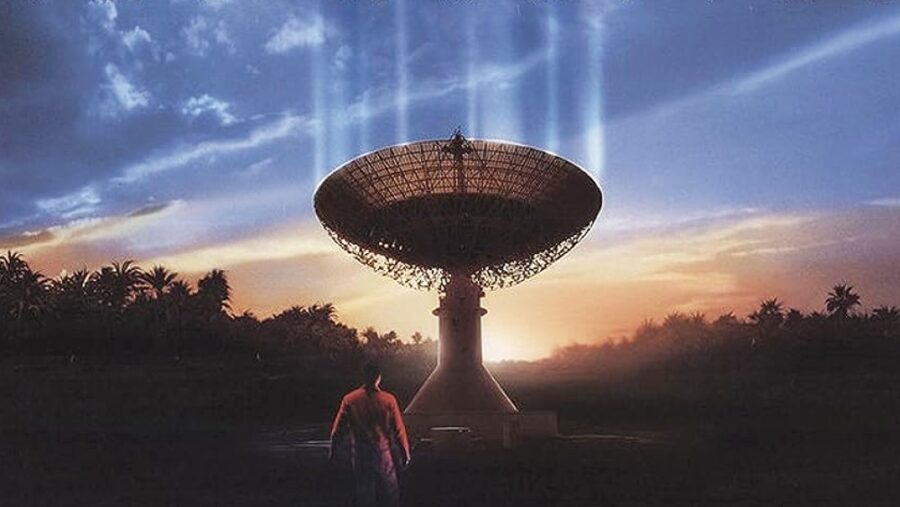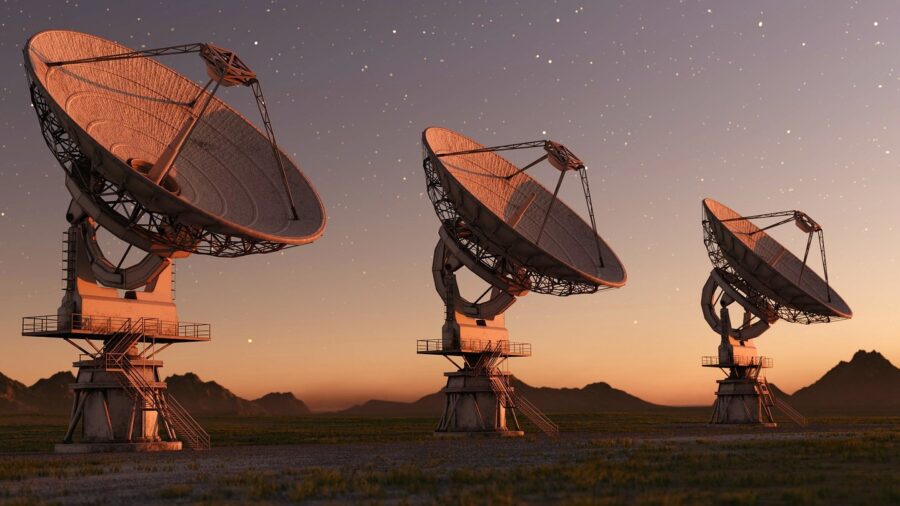Unexplained Radio Waves From Space Is A Mindbending Mystery

Mysterious radio waves from space are confounding the scientists trying to determine their origin. According to Science Alert, a spectacularly bright flash of radio waves has been making its way through the universe for the last 8 billion years, and no one can explain where it came from. Even employing the most current leading theories regarding the beginning of existence is proving to be a dead end.
An international team of scientific researchers first spotted the mysterious radio waves from space with the aid of the Australian Square Kilometer Array Pathfinder or ASKAP. The researchers have named the phenomena FRB 2022061. This FRB, or Fast Radio Burst, is unlike any other previously logged by astronomers.
A spectacularly bright flash of radio waves has been making its way through the universe for the last 8 billion years, and no one can explain where it came from.
For starters, this particular batch of radio waves has traveled further than most FRBs in recorded history. These radio waves are also proving to be far more energetic than their siblings, beating the next highest energy output measured from an FRB traveling through space by a factor of 3.5.
Perhaps the weirdest aspect of these radio waves from space is their dispersion measure—a measurement of the spread of wavelengths contained within the FRB—which didn’t match scientist’s expectations.

The odd dispersion measure displayed by the FRB is significant enough that it has prompted astrophysicists to rethink the way they use phenomena such as radio waves from space as a tool to study the makeup of the universe.
Scientists now think that it’s possible emissions are produced by neutron stars when their pressurized contents are pulled out of shape by their own magnetic field.
There have only been around a few dozen or so FRBs observed since the first one was discovered in 2007, making the phenomenon quite rare. Most of the millisecond-long bursts of radio waves appear to be singular occurrences with a few exceptions.
These exceptions tend to repeat themselves in a way reminiscent of the aftershocks that follow an earthquake. While the aftershock analogy is useful for explaining the way these pulses of radio waves from space occasionally repeat, it’s also possibly related to how the FRBs do, in fact occur.
Scientists now think that it’s possible emissions are produced by neutron stars when their pressurized contents are pulled out of shape by their own magnetic field. This would essentially make the FRBs a result of “starquakes” and, therefore, an actual celestial form of aftershocks. This theory helps to explain how radio waves from space burn with the light of hundreds of millions of suns in the blink of an eye.
This particular batch of radio waves has traveled further than most FRBs in recorded history.
The brightness of the light coming from FRB 20220610A actually outshines astrophysicists’ current models for measuring the burst of radio waves created when the high-speed particles from neutron star flares collide with the surrounding stellar winds. FRB 202202610A is proving to be quite a contradiction for researchers of radio waves from space.
The researchers studying FRB 202202610A have suggested that maybe a cosmic storm full of turbulent, magnetized plasma has messed up its spectrum. Whatever its story, FRBs like 202202310A are proving to be powerful tools for astronomers. These radio waves from space shine a literal light on the secret parts of the universe. Each new surprising discovery helps scientists move ever closer to unlocking the mysteries of the cosmos.












